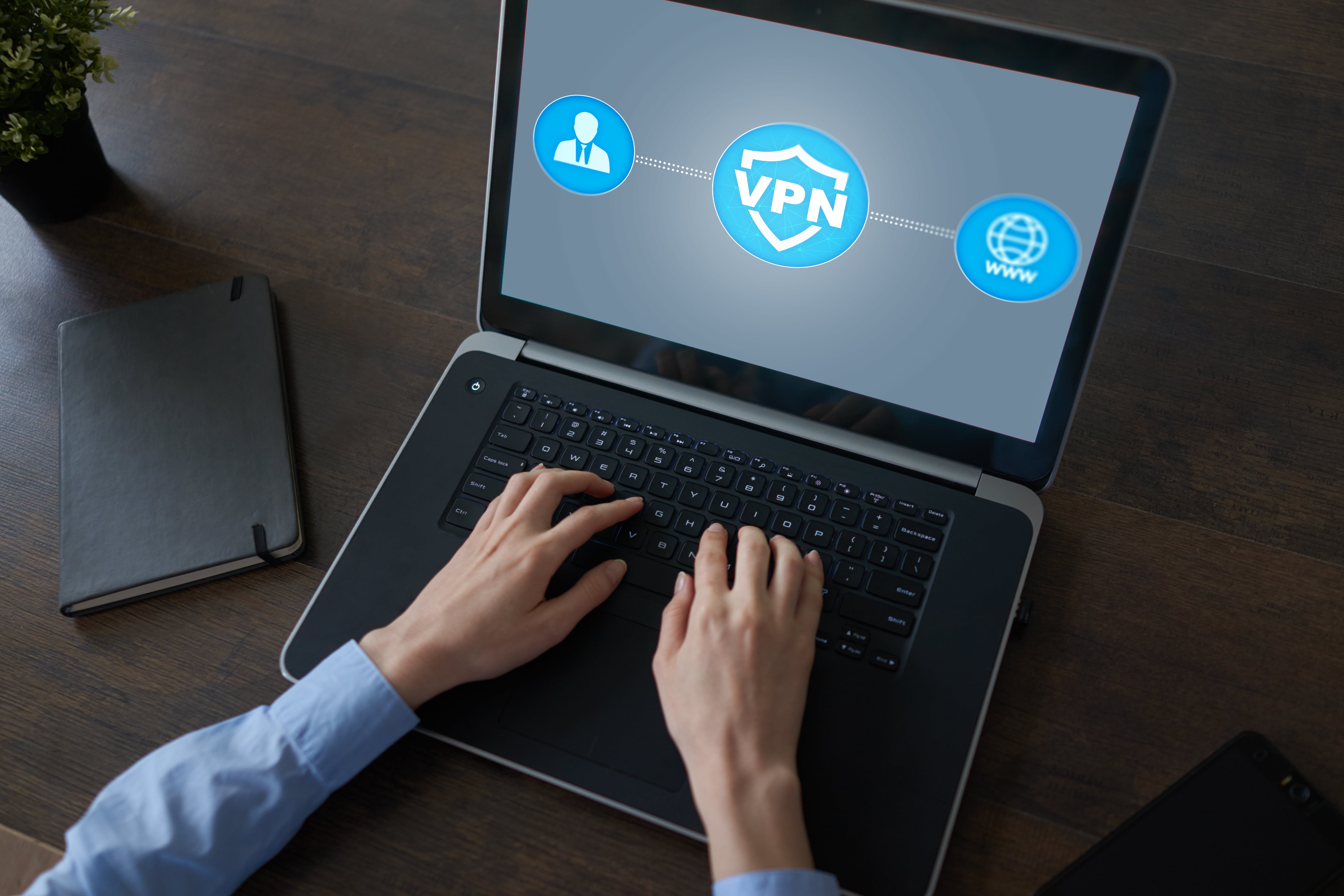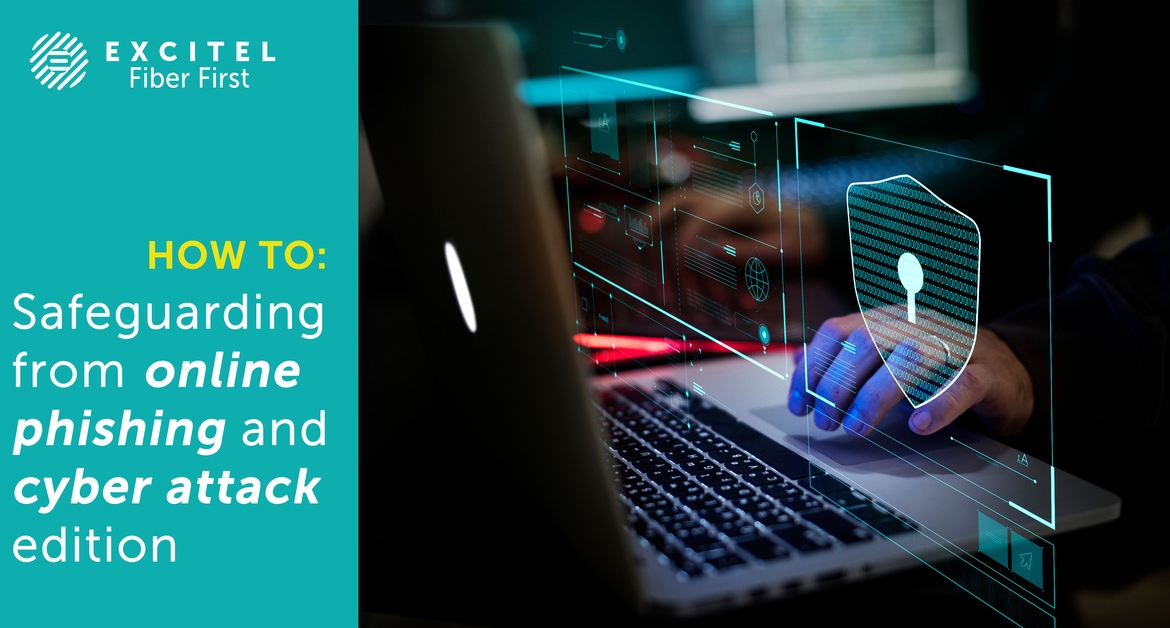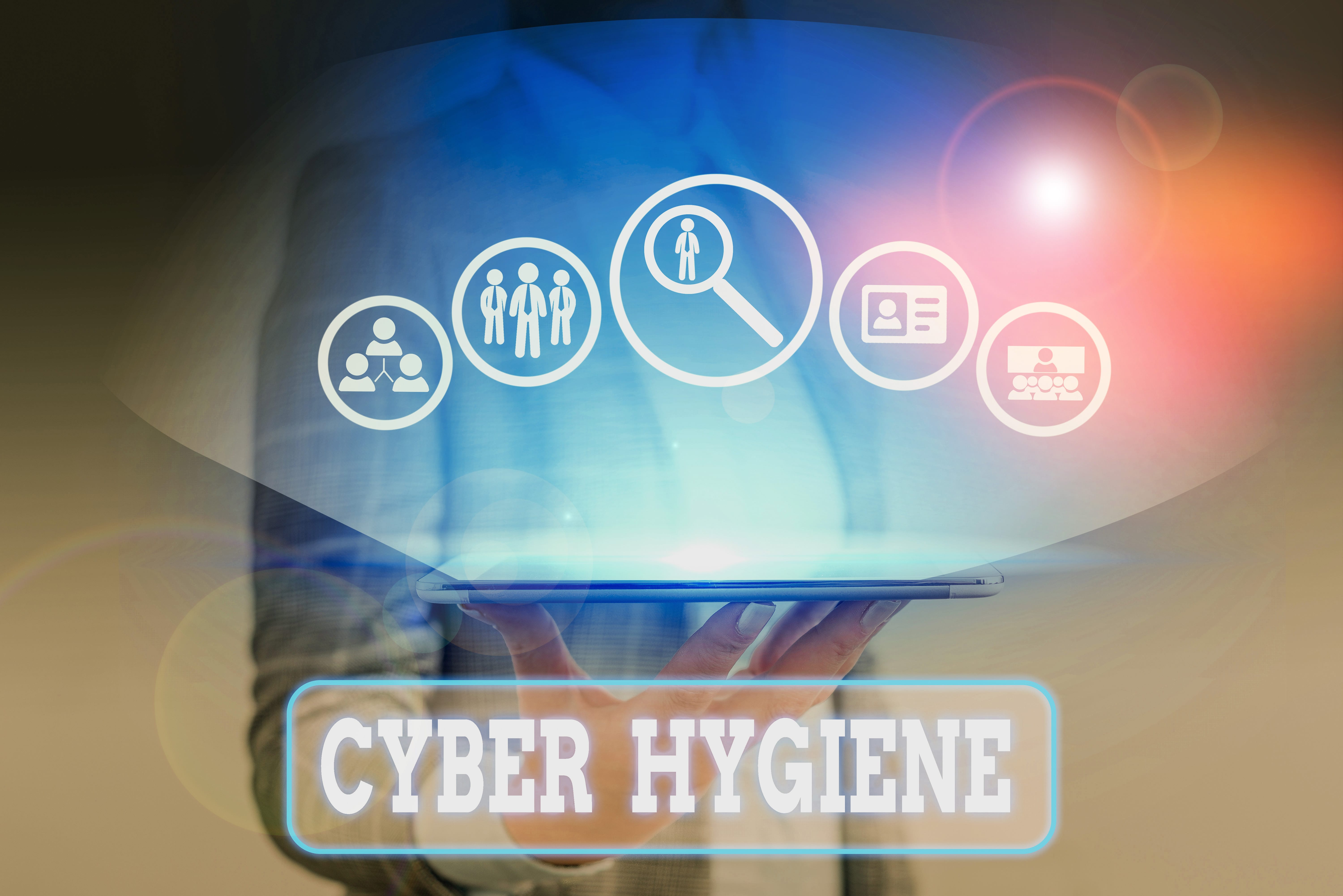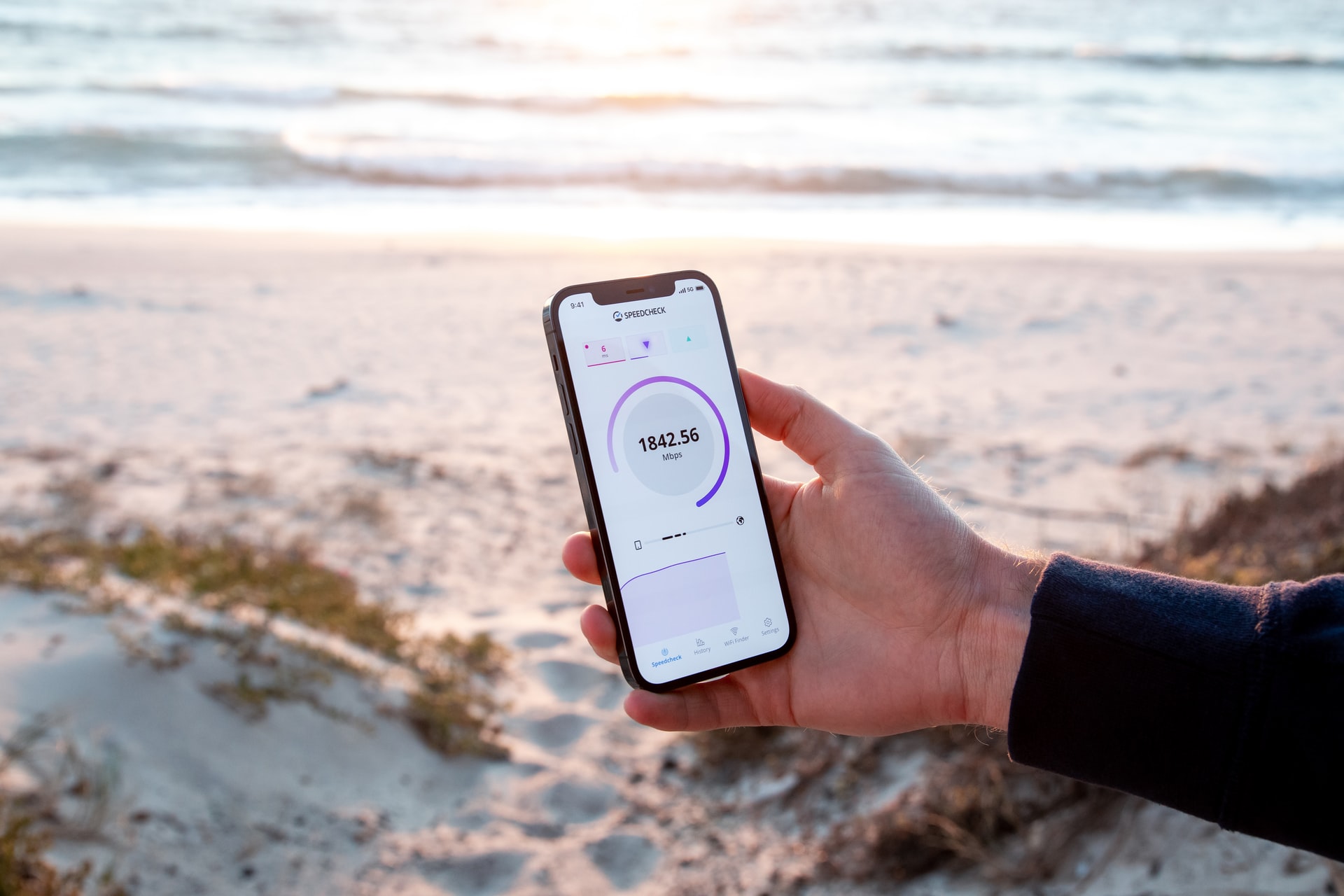During the pandemic, we all are somehow bound to work from home, and the only helping technology to make it a success is VPN.
VPN stands for Virtual Private Network. As the name suggests, VPN is a tool used to virtually extend your private(home) network across the internet to connect with other private(office) networks.
Think of it as a bypass which will help you to get connected to your office’s network so as to access the private and confidential data/ server of your organisation.
Things to keep in mind while on VPN: As VPN allows you to access the private network, and if you are connected with a VPN you are no longer a part of the network your ISP is providing. Now you have entered your office network, so the speed and accessibility for the browsing you will be dependent on the office network. Your ISP holds no part in the speed and browsing accessibility.
You might face some issues while you are on VPN. These issues can be of two types:
VPN not getting connected:
1: Check with your VPN provider if the VPN works with a Dynamic IP or Static IP. Sometimes, if your connection is on Dynamic IP, your IP will keep changing and the VPN will not connect.
2: Check the login credentials for your VPN.
3: Check if the VPN is active and running.
VPN connected but not able to use connection: VPN helps you to connect your home network with the office network. Once you have connected VPN, you are no longer connected on your ISPs network. If, in case you face any trouble while browsing the internet or speed issue, the reason is the outside network. It’s better to check with the VPN provider or the office admin so as to resolve the issues regarding your speed and browsing issues.






